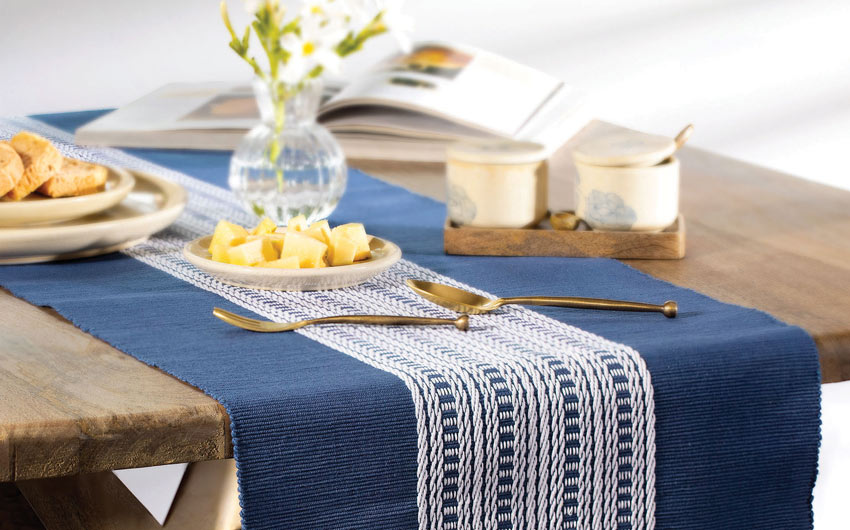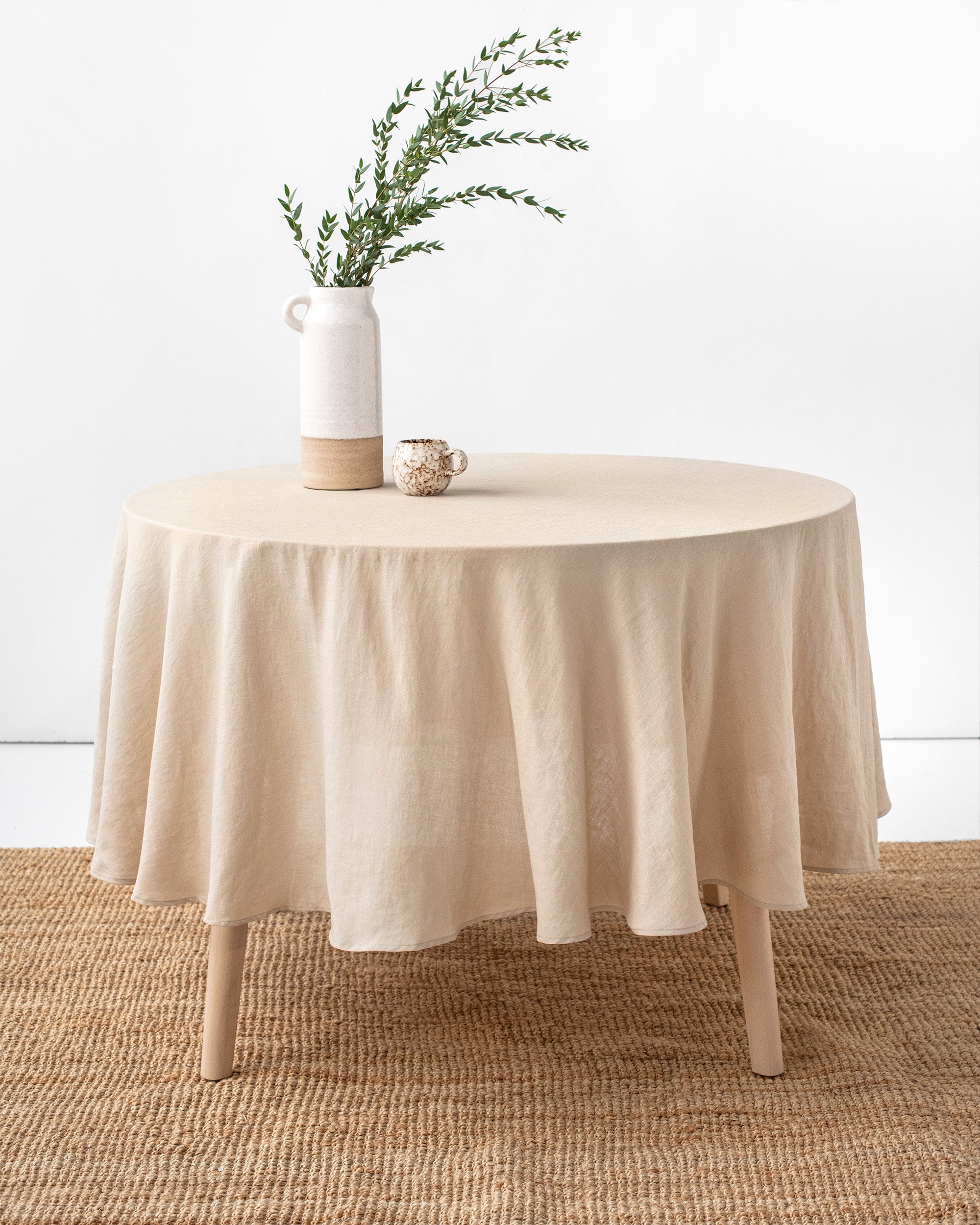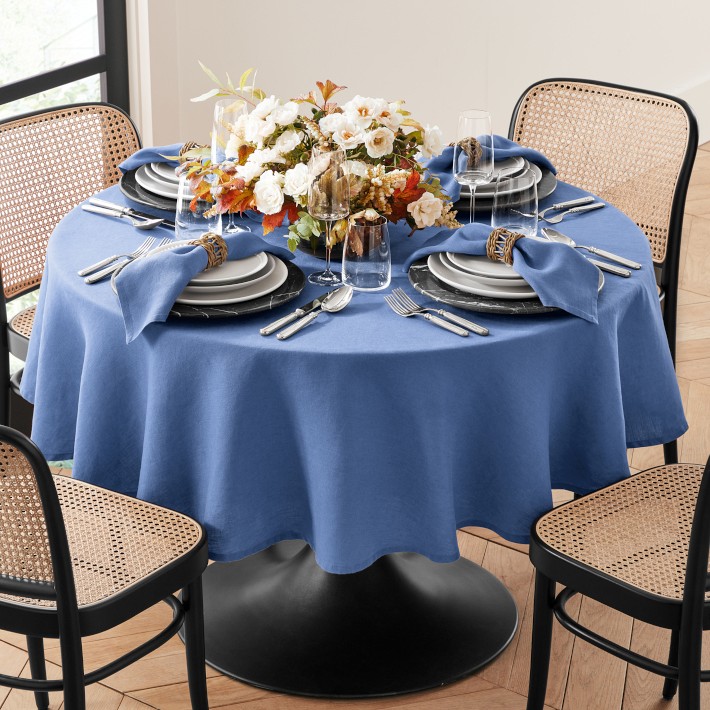Flat Sheet Acquiring Guide: What to Seek in Comfort and High quality
Linen Fabric Technologies: Checking Out Modern Trends and Creative Applications in Layout and Textile Sector
From sustainable production methods to innovative weaving modern technologies, the advancement of bed linen is reshaping the landscape of the fabric sector. As we dive into the worlds of innovative layout applications and the appearance of linen blends and crossbreed materials, a new chapter unfolds in which bed linen's role in future fabric innovations takes center stage.
Lasting Practices in Bed Linen Manufacturing
Lasting methods in linen production have come to be progressively critical in the fabric sector's initiatives to lessen ecological effect and promote ethical sourcing techniques. Linen, an all-natural fiber stemmed from the flax plant, provides a series of advantages such as sturdiness, biodegradability, and breathability. Nonetheless, traditional methods of linen manufacturing can involve substantial water consumption, chemical usage, and energy-intensive processes.
To deal with these challenges, many textile manufacturers are embracing lasting methods throughout the linen manufacturing procedure. This consists of sourcing flax from organic ranches that stay clear of harmful chemicals and chemicals, executing water-efficient retting techniques to remove fibers from the flax stalks, and using environmentally friendly dyes and surfaces. Additionally, some companies are purchasing renewable resource resources to power their production facilities and decreasing waste through recycling and upcycling initiatives.
Technological Developments in Bed Linen Weaving
With the growing emphasis on lasting methods in bed linen manufacturing, the textile industry is now witnessing a surge in technological innovations specifically focused on revolutionizing the art of linen weaving. These innovations are improving the method bed linen materials are produced, supplying increased efficiency, quality, and imagination in weaving strategies.
One of the essential technical innovations in bed linen weaving is the assimilation of electronic looms. These sophisticated looms are geared up with software that permits complex and complex layouts to be woven with accuracy. By digitizing the weaving process, makers can accomplish better uniformity and precision in their bed linen fabrics.
Additionally, advancements in yarn spinning technology have enabled the manufacturing of finer and more durable linen threads - table cloths. This leads to softer and smoother linen materials that keep their top quality also after multiple usages and washes
In addition, the development of green dyeing processes and finishes for bed linen fabrics is acquiring traction. These lasting techniques not only minimize the environmental impact yet additionally accommodate the boosting consumer need for morally produced textiles.
Creative Design Applications for Bed Linen
Innovative creative strategies are increasingly forming the innovative layout applications for linen in the fabric market. Bed linen's natural aesthetic allure and capacity to blend with other textiles make it a preferred selection for creating special garments and devices that provide to the environmentally mindful customer.
In addition, designers are trying out linen in home decor, using its breathable and resilient nature to craft elegant home furnishings such as drapes, bed linen, and upholstery. The appearance and drape of bed linen bring a feeling of sophistication and convenience to indoor spaces, including a touch of style to contemporary homes.

Linen Blends and Hybrid Fabrics

Crossbreed textiles, on the various other hand, take the concept of blending a step look these up additionally by including extra elements such as metallic strings, recycled materials, or conductive fibers. These cutting-edge fabrics click here for info not just expand the layout opportunities yet also introduce functional aspects like conductivity, antimicrobial residential or commercial properties, or enhanced longevity. Hybrid materials are significantly being used in various markets, consisting of style, indoor style, and technological textiles, where the demand for multifunctional products gets on the rise.
Linen's Function in Future Textile Innovations

In the realm of future textile technologies, bed linen is anticipated to be a principal in the growth of sophisticated functional textiles. Scientists and designers are exploring means to boost bed linen's fundamental high qualities through technical developments, such as integrating wise fabrics, nanotechnology, and performance finishes. These innovations intend to raise linen's performance features, making it appropriate for a more comprehensive find series of applications, from activewear to protective clothing.
Furthermore, the combination of bed linen with other all-natural or artificial fibers opens up limitless opportunities for producing unique textiles with distinct residential properties and functionalities. By leveraging bed linen's attributes and discovering innovative blends, the textile industry is positioned to present amazing developments that accommodate developing consumer requirements and sustainability requirements.
Final Thought
To conclude, the exploration of lasting methods, technical innovations, creative layout applications, linen blends, and its duty in future textile technologies highlight the constant development of linen textile in the modern-day layout and fabric market. With a concentrate on technology and creativity, the adaptability and green nature of linen make it a useful material for developers and producers alike, leading the method for additional advancements and developments in the field of textiles.
As we dive right into the worlds of imaginative layout applications and the development of linen blends and hybrid fabrics, a brand-new phase unfolds in which bed linen's duty in future fabric innovations takes facility stage.
Discovering the combination of bed linen with other fabrics has actually led to the introduction of innovative blends and crossbreed textiles in the modern textile market. Linen blends provide a distinct mix of the qualities of linen with those of various other fibers, resulting in fabrics that possess boosted buildings such as boosted sturdiness, boosted draping, and reduced wrinkling.The evolution of bed linen blends and crossbreed fabrics has established the stage for Bed linen to play an essential duty in driving future fabric innovations.In the realm of future fabric technologies, linen is anticipated to be an essential gamer in the advancement of innovative useful textiles.